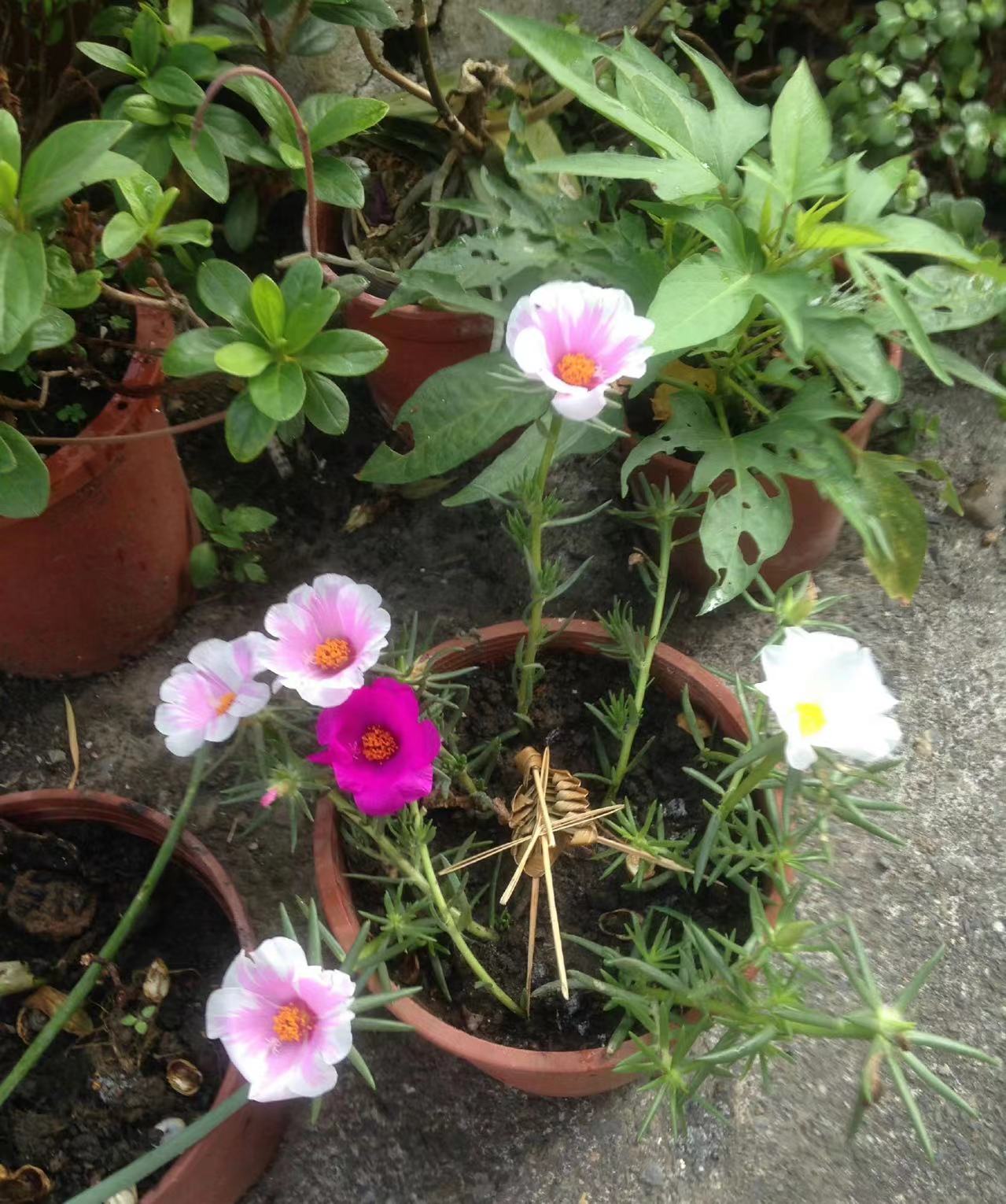Sunflowers, with their brilliant flowers and tenacious vitality. Even in a season like late autumn, as long as you master the correct cultivation techniques, you can still make sunflowers continuously bloom and even extend the flowering period to the cold winter.
First of all, if you want sunflowers to continuously bloom in late autumn and even in winter, choosing the appropriate variety is crucial. Compared to summer-type sunflowers, those varieties with strong cold resistance and that can still maintain vitality at low temperatures are more suitable for cultivation in late autumn and winter. These varieties often have strong frost resistance and can grow and bloom normally at lower temperatures.
When choosing a variety, you can consult local gardening experts or consult relevant materials to find out which varieties are most suitable for the climatic conditions of your area. At the same time, you can also observe the performance of different varieties in late autumn and winter through trial planting, so as to select the sunflower variety that is most suitable for your own cultivation.
As the name suggests, sunflowers are a plant that likes sunlight. Therefore, no matter which season you cultivate sunflowers, you need to ensure that they can get sufficient sunlight. In late autumn and winter, the sunlight is relatively weak and the duration is short. At this time, it is even more necessary to place sunflowers in a position where they can receive all-day sunlight, such as balconies, windowsills or courtyards. If conditions permit, you can consider using supplementary light sources such as grow lights to provide additional lighting time for sunflowers. But it should be noted that the use of supplementary lights should follow certain rules and methods to avoid damage to plants caused by excessive lighting.
As the temperature gradually drops in late autumn and winter, the growth rate of sunflowers will also slow down accordingly. At this time, it is necessary to reasonably control the amount and frequency of watering to avoid root rot caused by overly wet soil. Generally speaking, watering should follow the principle of "water when dry", that is, wait until the surface of the soil is slightly dry before watering, and water thoroughly each time. On extremely cold days in winter, if sunflowers are in a dormant or semi-dormant state, the watering frequency can be appropriately reduced or watering can even be suspended to prevent damage to plants caused by frozen water.
In order to promote the growth and blooming of sunflowers in late autumn and winter, appropriate fertilization is also essential. During the vigorous growth period, a thin liquid fertilizer or compound fertilizer can be applied every two weeks or so to meet the plant's demand for nutrients. But it should be noted that when the temperature is low in winter, the frequency of fertilization should be reduced or fertilization should be stopped to avoid fertilizer damage caused by poor absorption by plants. In addition, proper pruning is also one of the important means to prolong the flowering period of sunflowers. During the growth period, you can control the height and shape of the plant by pruning branches and pinching, and promote the germination of lateral branches and the opening of flowers. At the same time, timely removal of withered flowers and dead leaves can also reduce the consumption of nutrients and is conducive to the healthy growth of the plant.
By mastering these four points, you can completely make sunflowers continuously bloom in late autumn and even in winter. Not only that, these cultivation techniques can also make your sunflowers grow stronger and bloom brilliantly in the coming spring.
How can we prolong the flowering period of sunflowers?

Share with
Tagged in :




Leave a Reply